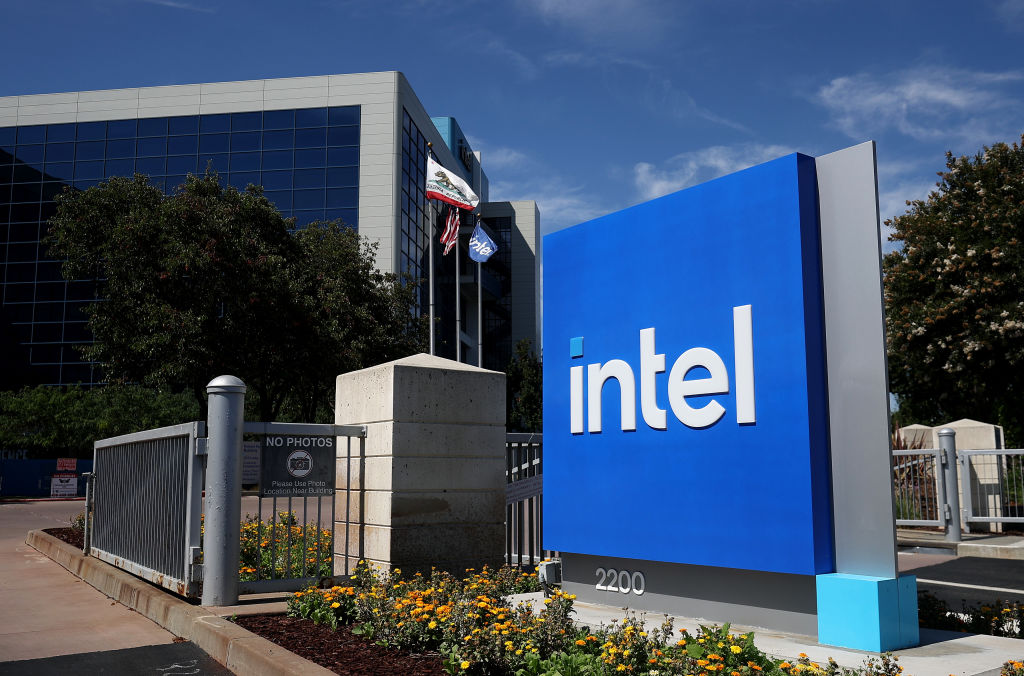Fidelity Puritan: In Balance
This balanced fund invests largely in blue-chip dividend-paying stocks and a mix of bonds.
Editor's note: This is part of a continuing series of articles looking at the 20 biggest no-load stock funds.
Compare the stock holdings of Fidelity Puritan with those of Fidelity Equity Income and you'll be hard-pressed to see differences. The similarities shouldn't come as a surprise because Equity Income's manager, Stephen Peterson, also controls the 60% or so of Puritan's assets devoted to stocks, mostly blue chips with above-average yields. George Fischer invests the rest of Puritan's assets in bonds.
Petersen's stock portfolio is chock-full of big, well-known companies, such as ExxonMobil (symbol XOM), Bank of America (BAC), and American International Group (AIG). In 2006, the fund's healthy stakes in energy, financial and telecommunications stocks helped it achieve a 15% return, four percentage points more than the average balanced fund. Lately, Petersen has been investing in technology and health care stocks, including Intel (INTC) and Johnson & Johnson (JNJ). Bond manager Fischer typically focuses on high-quality IOUs, but he dabbles in high-yield debt on occasion. At the end of 2006, about one-third of the fund's bond allocation was in junk.

Sign up for Kiplinger’s Free E-Newsletters
Profit and prosper with the best of expert advice on investing, taxes, retirement, personal finance and more - straight to your e-mail.
Profit and prosper with the best of expert advice - straight to your e-mail.
Puritan has outpaced the average balanced fund in nine of the past 11 years, although it has lagged Dodge & Cox Balanced, Vanguard Wellington and Fidelity Balanced over the long term. That might be because of a slightly lower allocation to stocks than its big rivals.
Puritan has beaten its in-house rival, Fidelity Balanced, in only three of the past ten years. That's partly because Puritan invests almost exclusively in the market's giants, while Balanced includes large helpings of small and midsize companies, a group that has delivered superior returns over the past few years. But Puritan's focus on large companies means the fund should thrive when those kinds of stocks rebound. Investors who like by-the-book balanced funds should BUY additional shares of Puritan. Annual expenses are 0.62% a year, much lower than the 1.07% average for balanced funds. The fund currently yields 2.8%.
FUND FACTS
Fidelity Puritan (FPURX)
- Assets: $25.8 billion
- Managers (year started): Stephen Peterson (2000); George Fischer (2004)
- Return (vs. S&P 500)*:
- One year: 13.7% (15.0%)
- Three years annualized: 8.6% (9.5%)
- Five years annualized: 8.5% (6.8%)
- Ten years annualized: 8.7% (8.4%)
- Expense ratio: 0.62%
- Portfolio turnover: 78%
- Minimum investment: $2,500
- Phone: 800-544-8544
- Web site: www.fidelity.com
*Returns through Jan. 22
Fund Fact sources: Standard & Poor's, Morningstar
View updated data for this fund and compare the performance of the 20 biggest no-load stock funds.
Get Kiplinger Today newsletter — free
Profit and prosper with the best of Kiplinger's advice on investing, taxes, retirement, personal finance and much more. Delivered daily. Enter your email in the box and click Sign Me Up.
-
 When Should You Hand Over the Keys — to Your Investments?
When Should You Hand Over the Keys — to Your Investments?The secret to retirement planning? "The best time to hand over the keys is before you’ve realized you need to hand over the keys."
By Maurie Backman
-
 A checklist for high-net-worth individuals looking to maintain and grow their wealth.
A checklist for high-net-worth individuals looking to maintain and grow their wealth.A strategic guide to managing, preserving, and expanding your wealth for long-term financial security.
By Dori Zinn
-
 Intel Earnings Do Little to Excite Investors: What to Know
Intel Earnings Do Little to Excite Investors: What to KnowIntel stock is struggling for direction Friday after the chipmaker reported a fourth-quarter beat but gave weak guidance. Here's what Wall Street has to say.
By Joey Solitro
-
 Is Intel Stock a Buy, Hold or Sell After Earnings?
Is Intel Stock a Buy, Hold or Sell After Earnings?Intel stock is moving higher Friday after the embattled chipmaker gave upbeat Q4 guidance, but Wall Street is staying on the sidelines for now. Here's what you need to know.
By Joey Solitro
-
 Intel Braces for an Even Tougher Road Ahead
Intel Braces for an Even Tougher Road AheadThe Kiplinger Letter Amid a long, costly turnaround, Intel resets expectations again. Its new woes raise questions about U.S. industrial policy and global chip competition.
By John Miley
-
 Why Your Electric Bill Will Keep Climbing
Why Your Electric Bill Will Keep ClimbingThe Kiplinger Letter There's no end in sight for energy rate hikes, so look for ways to curb your power use.
By Jim Patterson
-
 Smart Ways to Invest Your Money This Year
Smart Ways to Invest Your Money This YearFollowing a red-hot run for the equities market, folks are looking for smart ways to invest this year. Stocks, bonds and CDs all have something to offer in 2024.
By Jeff Reeves
-
 Vanguard's New International Fund Targets Dividend Growth
Vanguard's New International Fund Targets Dividend GrowthInvestors may be skittish about buying international stocks, but this new Vanguard fund that targets stable dividend growers could ease their minds.
By Nellie S. Huang
-
 Best 401(k) Investments: Where to Invest
Best 401(k) Investments: Where to InvestKnowing where to find the best 401(k) investments to put your money can be difficult. Here, we rank 10 of the largest retirement funds.
By Nellie S. Huang
-
 7 Best Stocks to Gift Your Grandchildren
7 Best Stocks to Gift Your GrandchildrenThe best stocks to give your grandchildren have certain qualities in common.
By Dan Burrows